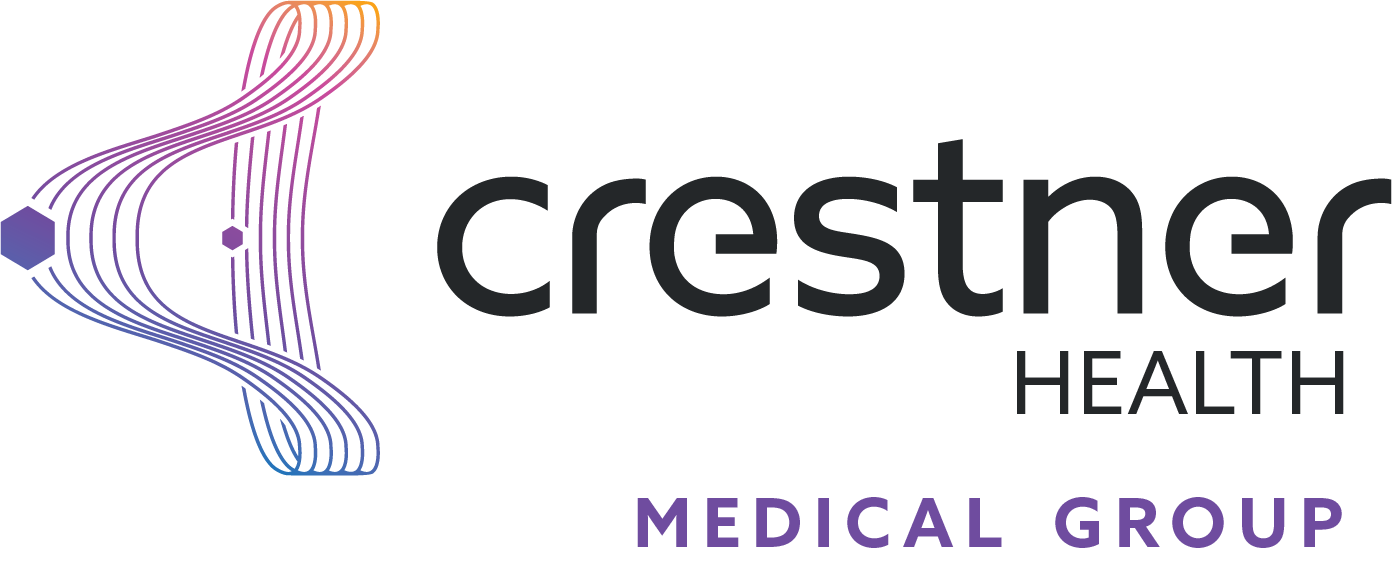Head & Neck Cancer
Head and neck cancers account for about 3% of all cancer cases in the United States. Most of them start in the cells of the mucous membranes – the moist lining of the nose, mouth and throat.
There five types of head and neck cancer:
- Nasal cavity and paranasal sinus cancer affects the airways and sinuses behind the nose
- Nasopharyngeal cancer affects the upper part of the throat
- Oral and oralpharyngeal cancer affects the mouth, tongue, and middle part of the throat
- Salivary gland cancer arises in the glands that produce saliva
- Laryngeal and hypopharyngeal cancer affects the voicebox and lower part of the throat
Risk Factors and Causes
Health experts have identified risk factors that increase the likelihood of developing head and neck cancer. The biggest one is tobacco use in any form. Tobacco use plays a role in 85% of head and neck cancers. It may also affect your prognosis. Research suggests that marijuana use also increases the risk.
Other risk factors include:
- African American race
- Age older than 40
- Frequent and heavy alcohol use
- GERD (gastroesophageal reflux disease)
- Male gender
- Infection with HPV (human papilloma virus) or EBV (Epstein-Barr virus)
- Poor nutrition
- Poor oral hygiene
- Prolonged sun exposure
- Weakened immune system
Other conditions share these same symptoms. See your doctor for the right diagnosis.
Symptoms
Unlike some other cancers, head and neck cancers tend to cause symptoms early in the disease. This is fortunate because catching cancer early is the key to successful treatment. Symptoms of head and neck cancer include:
- Blocked sinuses
- Change in your voice or hoarseness that persists
- Difficulty or pain with swallowing or speaking
- Frequent headaches or pain in the upper teeth
- Frequent sinus infections that do not respond to treatment
- Lump or sore that does not heal
- Nose bleeds or unusual bleeding in the mouth
- Numbness or difficulty using the face muscles
- Ringing in the ears, trouble hearing, or ear pain
- Sore throat that persists
- Swelling of the jaw, eyes, or under the chin
- White or red patches on the gums
Treatment Options
Treatment options depend on the exact location of the cancer and its stage. Standard treatment options include:
- Chemotherapy to kill cancer cells or stop them from growing
- Radiation therapy to destroy cancer cells
- Surgery to remove the tumor
- Targeted therapy to target specific markers on cancer cells






